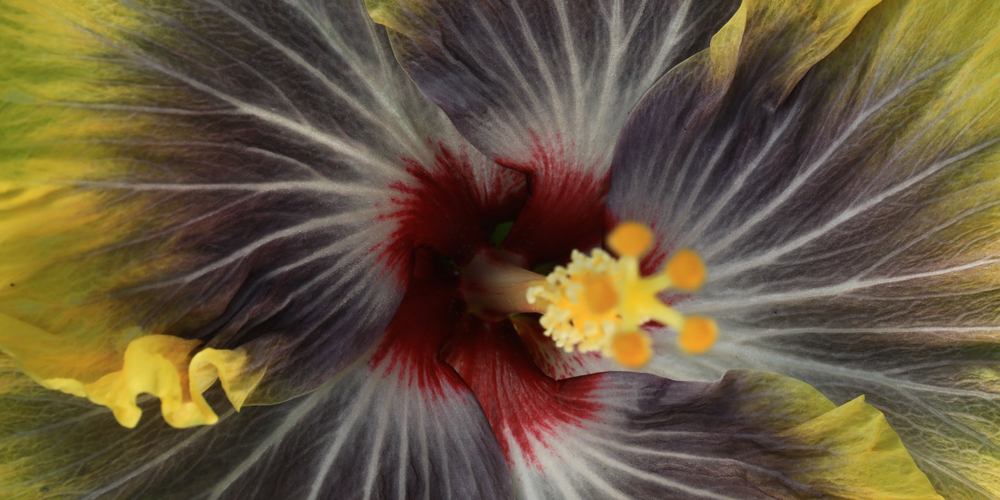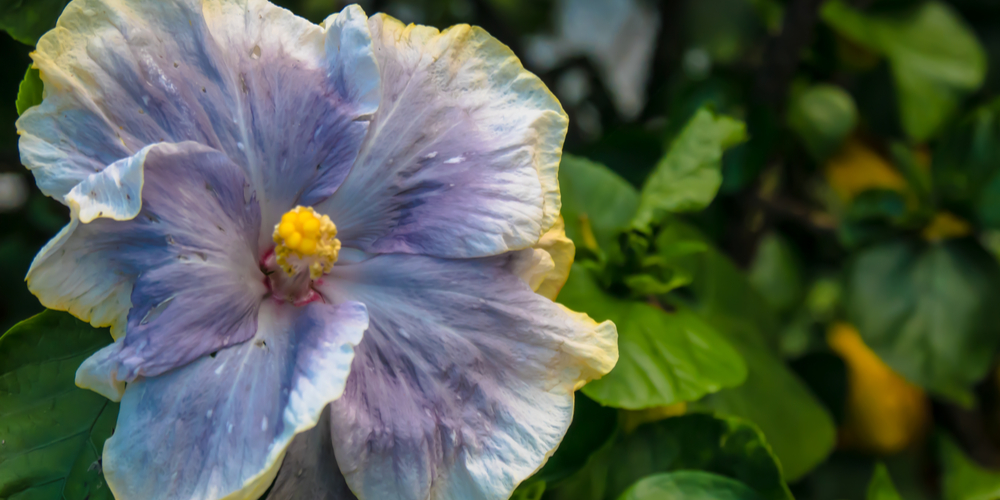Hibiscus, also called roselle, or Hibiscus sabdariffa is a type of flowering plant native to Malaysia and India. The Hibiscus is a plant that presents colorful flowers, and it has been utilized for centuries for medicinal and decorative purposes. Hibiscus extracts can create medicines, supplements, spices, teas, and other edible substances.
People used hibiscus to prepare medicine for ailments such as high blood pressure and liver issues in the past. The practice still exists up to date, but it’s not as popular as before. However, scientific research supports the healing properties that the hibiscus plant contains.
There is a wide variety of hibiscus plants, including trees, herbs, and shrubs, in the world. However, each species differs in shape, size, and color. The most popular cultivated hibiscus species is the Hibiscus Sabdariffa, marked by large yellow flowers that turn red and pink. However, today we will be discussing all there is to know about black hibiscus and the presence of black colors on the hibiscus plant.
Black hibiscus
Sadly, a purely black hibiscus plant doesn’t exist. However, there are some species of the hibiscus plant that present black pigmentation on the leaves or flowers. Black pigmentation occurs for many reasons, some of which we will cover later on. The most popular hibiscus plant that presents this trait is the Blackdragon. Below are some more hibiscus plants that present the same characteristic.
The Black dragon
The black dragon is characterized by sturdy and gentle shrubs, evergreen-perennial shrubs, and small trees. These plants need winter care; they do not thrive well in such low temperatures. On the other hand, hardy species like H. Syriacus work well in annual or mixed territory. The Black Dragons blossoms have a deep purple color with a distinctive black center. They grow well in direct sunlight with plenty of water and fertilizer.
Moorea Imperial Blossom
Hibiscus Moorea, also known as Moorea Imperial Blossom, has a super intense black center bloom with white-based in the outer ranges. Its flower measures about 7 to 8 inches or more in size.
Formosa Black Pearl
The Formosa is about 6-7 inches, and it’s a double flower that originated in Taiwan. Its flower features a dark purple color that is almost black. The Black pearl grows well in cooler climate regions. Cooler climates allow the flower to present more vibrant and brighter colors.
Taiwan black king kong hibiscus
This is a tropical variation that is a double hibiscus causing a ruffled pettiskirt. The seven to nine-inch diameter blooms have a unique deep black color to the center of the flower that fades out as it reaches the end of the petals. The flower is easily noticeable as it stands out amongst the green foliage covering.
As stated above, black pigmentation can also occur in the leaves of the hibiscus plant. More often than not, this trait is present in most hibiscus plants. But what causes this? Is it harmful to the plant? How do you solve the issue? Read on if you are curious about all there is to know about black pigmentation on hibiscus plants.
What causes black pigmentation in hibiscus plants
Try not to be alarmed if any of your hibiscus plants develop unnerving blotches. While these patches may appear gloomy, they are normally not a reason for concern and will typically go away independently.
These imperfections, as dreadful as they appear, are not signs of some awful new illness that is coming to wipe out all the hibiscus. These are fungal or bacterial masses that appear on hibiscus leaves after being damp for an extended period during the winter. Moisture on the leaves is achieved during long winters and spring evenings, especially in climatic regions where the hibiscus plant is planted outside.
Moisture collects on the foliage but does not dissipate till the sun is high in the sky and the average temperature has reached a comfortable level. Bacteria or fungi find the ideal conditions to flourish throughout these cold, rainy hours. The development of these microscopic concentrations of fungi or bacteria can still be aided by cool, wet days and a lack of proper air circulation.
An aphid, whitefly, scale, or other insect invasion is another option. Some pests produce honeydew which is a slimy waste product excreted by scale or aphids. Honeydew could also encourage the production of sooty mold. This mold appears as a dark, grime layer on the leaves or stems of the plant.
Also, the dark color in flowers is present in some flowers because of their hybrid nature, as is the case of the hibiscus plants mentioned above.
Does the black pigmentation affect the plant?
Regardless of what’s producing the discoloration on hibiscus leaves, usually, it does not harm the plant. Infection that is caused by bacteria and fungi mostly affects a few leaves. It’s unlikely that they’ll spread to other areas of the hibiscus. The plant is just damaged cosmetically in these circumstances.
However, if more mold develops, it can hinder the amount of sunlight reaching the leaves, preventing photosynthesis. This can be harmful to the plant’s health over time.
How to cure and prevent black spots on your hibiscus plant
A variety of procedures can be used to cure black scale. Pruning has been the most excellent control approach against the black scale. Branches that are badly infected should be pruned.
Also, prune to allow more sunlight into the foliage since this can aid in the killing of immature scale insects, which are sensitive to light and heat. The use of comprehensive pesticides, which hinder natural predators, should be avoided. Since insects like ants defend plants from predators, wrap adhesive tape all around the stem to limit ant numbers.
Conclusion
Hibiscus with a black bloom is a rare and beautiful species to find. Most black hibiscus grows in tropical regions like Taiwan and Indonesia. However, you can provide the necessary conditions in a greenhouse. After reading this article, you should clearly understand black hibiscus plant varieties, causes, and effects.


very interesting
where can i get seds or cuttings or plants of the black hibuscus plant?